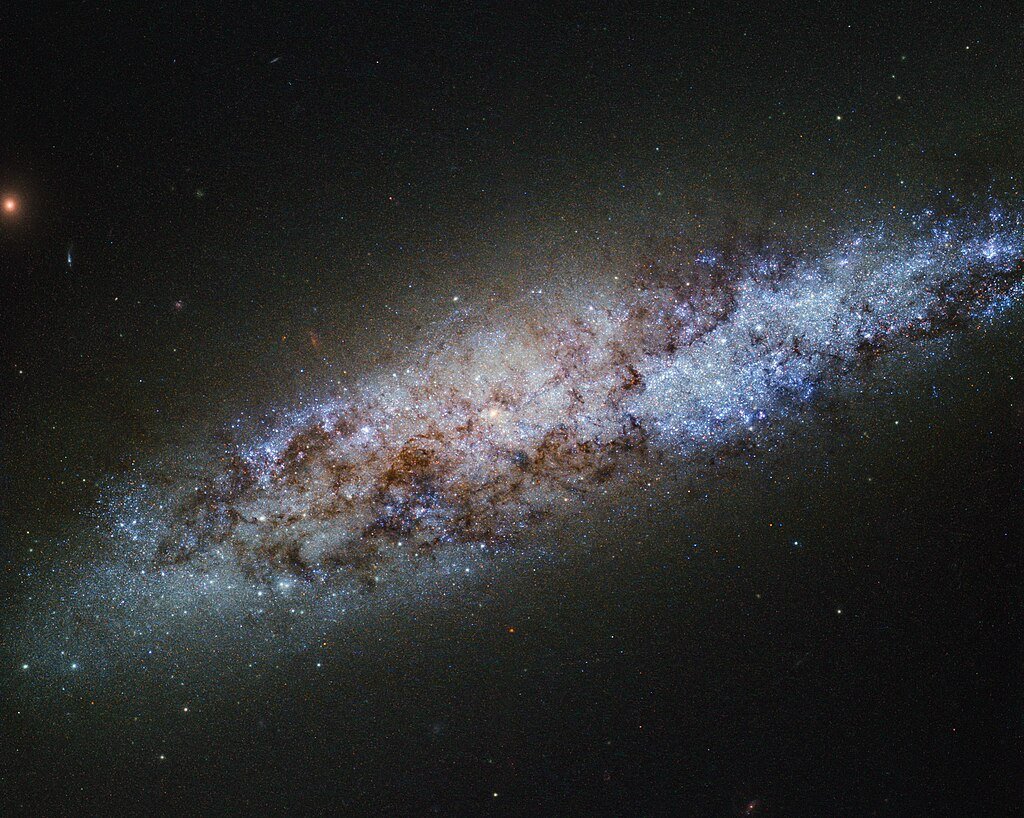Cosmologists have believed for a long time that dark energy the mysterious factor that accelerates the expansion of the universe–was a constant, indestructible presence. However, the latest information obtained from the Dark Energy Spectroscopic Instrument (DESI) indicates this is not the situation. Instead, the impact of dark energy may diminish as time passes, a finding which would challenge our understanding of the universe’s ultimate fate. If it is confirmed, this discovery implies that the universe could fall apart into a fiery “Big Crunch,” a massive reversal in the expansion of cosmic space instead of an icy “Big Freeze.” The implications are staggering that challenge long-held beliefs, and reveal new possibilities in our quest to discover the secrets that lie hidden in the universe.
The Cosmic Tug-of-War: Dark Energy vs. Gravity

Since the Big Bang, the universe has been growing; but, astronomers made a startling finding late in the 1990s: gravity was accelerating rather than slowing down this expansion. The offender? Comprising 68–70% of the total energy density of the universe, dark energy is a mystery force. Leading model Lambda-CDM (Cold Dark Matter) handled dark energy as a fixed “cosmological constant” Einstein’s infamous fudge factor, later discarded, then resurrected to explain cosmic acceleration for years.
But DESI’s latest findings challenge this assumption. By mapping 11 billion years of cosmic history using 15 million galaxies and quasars, researchers found hints that dark energy’s repulsive force might not be constant after all. Instead, it appears to be losing strength over time. If true, this could mean gravity might one day regain dominance, pulling the universe back together in a cataclysmic reversal.
DESI’s 3D Universe Map: A Game-Changer in Cosmology
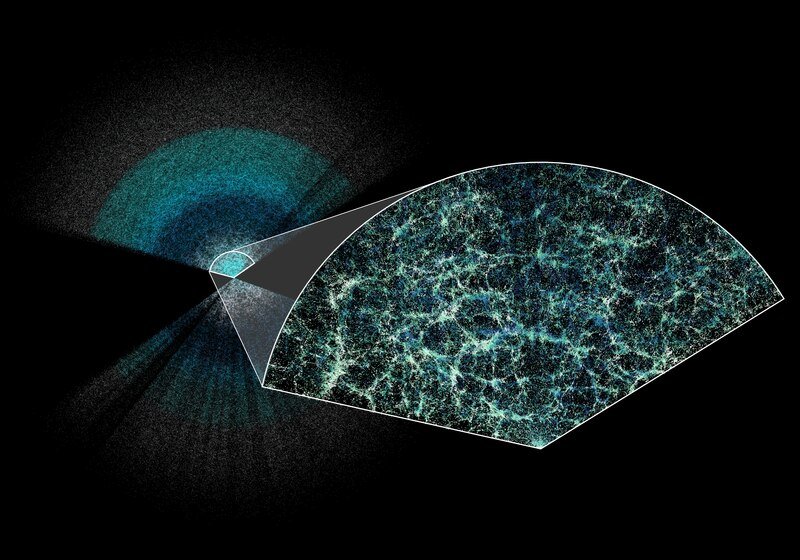
DESI, perched atop Arizona’s Kitt Peak, is no ordinary telescope. With 5,000 robotic eyes, it captures light from thousands of galaxies simultaneously, building the most detailed 3D map of the universe ever made. This map tracks baryon acoustic oscillations (BAO) frozen ripples from the early universe acting as a “cosmic ruler” to measure expansion rates across cosmic time.
When combined with data from supernovae, the cosmic microwave background (CMB), and weak gravitational lensing, DESI’s results suggest a 3-4 sigma deviation from the standard Lambda-CDM model. While not yet the gold-standard 5 sigma, the consistency across multiple datasets is tantalizing. “We’re seeing something deeply intriguing,” says Alexie Leauthaud-Harnett of UC Santa Cruz, a DESI co-spokesperson.
From Big Freeze to Big Crunch: A New Cosmic Destiny?
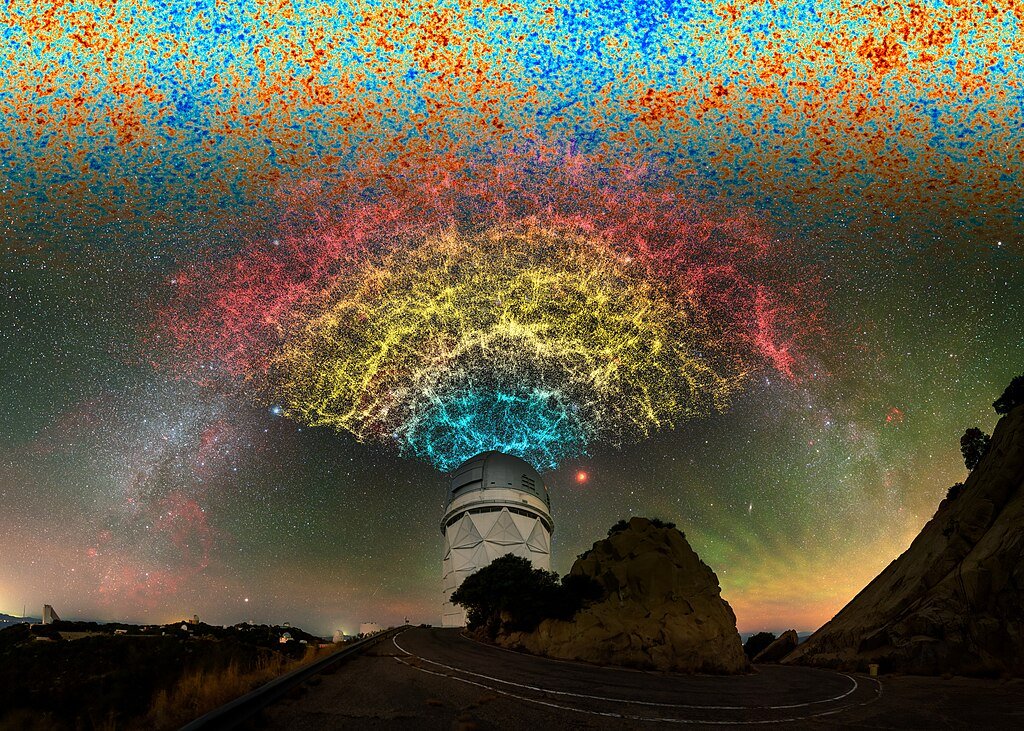
Should dark energy be indeed weakening, the fate of the universe might be quite different than hitherto believed. Dark energy remaining constant forms the basis of the standard Big Freeze scenario whereby galaxies drift apart permanently and leave a cold, dark, empty universe. But if its influence wanes, gravity could reverse expansion, causing a Big Crunch a collapse into a singularity that reflects the Big Bang in reverse.
“This isn’t just about tweaking equations,” says Hee-Jong Seo of Ohio University, a key DESI researcher. “If dark energy evolves, we may need a whole new model of cosmology”. Some theories, like quintessence, propose dark energy as a dynamic field rather than a fixed constant. Others suggest modifications to Einstein’s gravity itself.
The Cosmological Constant Problem: Why Is Dark Energy So Weak?
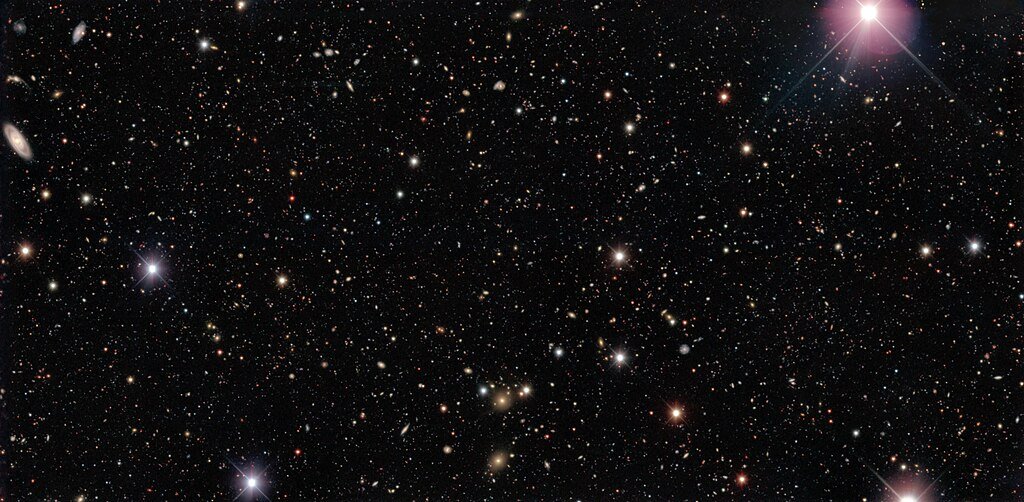
Even if dark energy is changing, another mystery remains: why is it so inexplicably faint? Quantum field theory predicts vacuum energy should be 120 orders of magnitude stronger than observed, a discrepancy so vast it’s been called “the worst theoretical prediction in physics”.
Some physicists argue that unknown quantum effects or “unimodular gravity” (a tweak to Einstein’s equations) could resolve the issue. Others propose anthropic reasoning that we live in a rare pocket of the multiverse where dark energy is just weak enough to allow galaxies (and life) to form. DESI’s findings may help narrow these possibilities, but for now, the puzzle persists.
What’s Next? Euclid, Roman, and the Future of Dark Energy Research
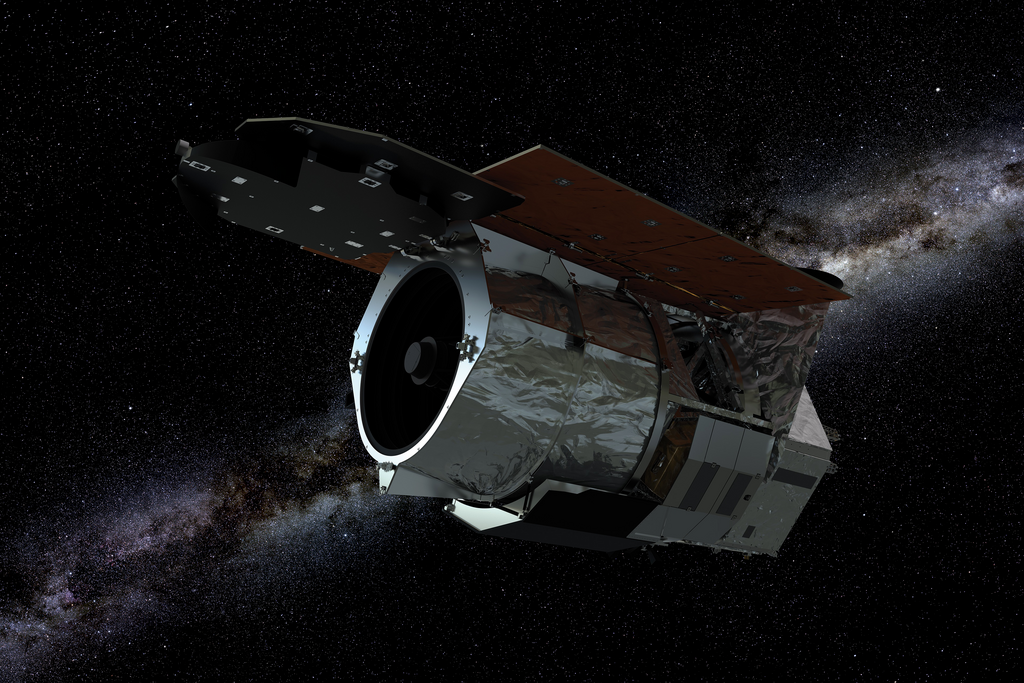
DESI is just the beginning. Upcoming missions like ESA’s Euclid telescope (launched 2023) and NASA’s Nancy Grace Roman Space Telescope (2027) will probe dark energy with even greater precision. Roman, with a field of view 100 times larger than Hubble, will hunt for Type Ia supernovae and map dark matter in unprecedented detail.
“The next decade could bring a revolution in cosmology,” says Joshua Frieman of the University of Chicago, a Dark Energy Survey leader. “We’re finally getting the tools to test whether dark energy is truly constant or if the universe has a much wilder destiny in store”.
Conclusion: A Universe Full of Surprises
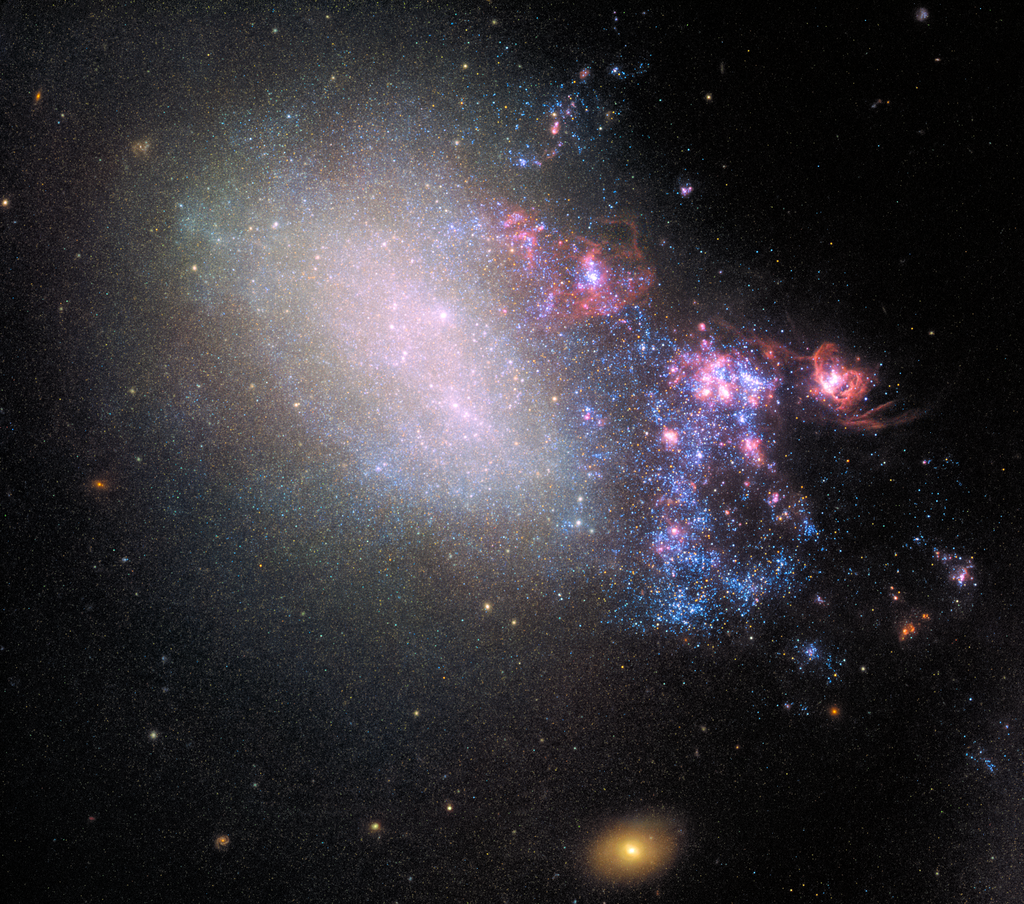
Dark energy has been one of the most intriguing mysteries in science. With evidence suggesting it is evolving, cosmic physicists are faced with an even more complex mystery. If this theory is confirmed, it will not just change the textbooks, it will require us to reconsider the nature of reality in its fundamentals.
As Michael Levi, DESI’s director, puts it, “Whatever dark energy is, it holds the key to the universe’s ultimate fate. And we’re just beginning to unlock its secrets.”
For now, the cosmos keeps its cards clozse. But with every new observation, we inch closer to answering humanity’s oldest question: How will it all end?
Source:

Suhail Ahmed is a passionate digital professional and nature enthusiast with over 8 years of experience in content strategy, SEO, web development, and digital operations. Alongside his freelance journey, Suhail actively contributes to nature and wildlife platforms like Discover Wildlife, where he channels his curiosity for the planet into engaging, educational storytelling.
With a strong background in managing digital ecosystems — from ecommerce stores and WordPress websites to social media and automation — Suhail merges technical precision with creative insight. His content reflects a rare balance: SEO-friendly yet deeply human, data-informed yet emotionally resonant.
Driven by a love for discovery and storytelling, Suhail believes in using digital platforms to amplify causes that matter — especially those protecting Earth’s biodiversity and inspiring sustainable living. Whether he’s managing online projects or crafting wildlife content, his goal remains the same: to inform, inspire, and leave a positive digital footprint.

